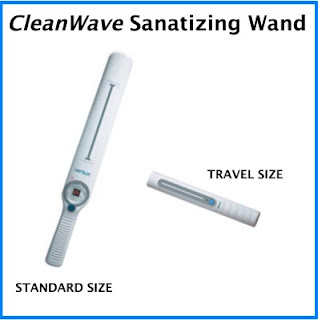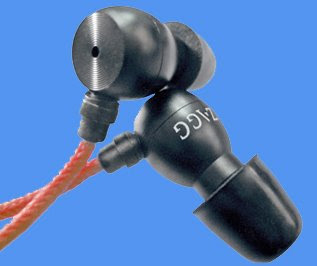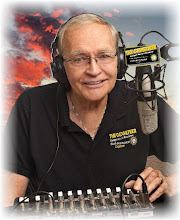

© 2009 BOB SKIDMORE ALL RIGHTS RESERVED
BOB SKIDMORE
CORRESPONDENT
CleanWave, THE MAGIC WAND THAT HELPS ELIMINATE AND CONTROL ALLERGENS, BACTERIA AND VIRUSES
Lately we’ve been hearing a lot about germs, viruses and the need to keep things clean so we can prevent illness. Washing hands is certainly a good first step, but what about devices that can help eliminate and control bacteria, viruses, germs and allergens in our everyday lives? Do such things exist? Perhaps Verilux, The Healthy Lighting Company, in Waitsfield, Vermont has an answer with their CleanWave UV-C Sanitizing Wand.
I tested the model VH01WW4 standard-size portable wand. The concept is the wand’s Ultraviolet UV-C lamp emits a blue colored light over any given one-foot area using side-to-side motion, 1/2” or less above the surface. The area then becomes decontaminated. The built-in timer lets you see how long you are over any given area making sure you allow enough time to decontaminate it. This wand is not to be used for body or food purposes, but works well with bedding, mattresses, kitchenware, dentures, contacts, brushes, pet areas, handrails, showers, remote controls, computer keyboards, toilet seats, cell phones, doorknobs, light switches and anything else that comes in contact with germs. (Nurse’s shoes after a shift at the hospital) It effectively eliminates *H1N1, MSRA, dust mites, E. Coli, Rotavirus, bacteria, mold and many more viruses including type A, B and C influenza. Generally speaking, viruses, which are much smaller than bacteria, are killed in seconds. Bacteria will take a few more seconds while molds and yeasts may take a bit longer. The point here is that the UV-C technology used in the CleanWave wand has the potential of killing most of them.
As part of my testing procedure I enlisted the help of an MD, nurse and a dentist for more in-depth evaluation and feedback. While in the doctor’s waiting room, with the aid of a magnifier/black light, we observed germs breeding on an armrest. Once the CleanWave was utilized, the germs disappeared.
To substantiate my findings, I reviewed lab tests conducted by an independent lab for the manufacturer. Figure “A” shows a culture of Salmonella typhi before and then after an application with the wand. One can clearly see the elimination of most of the Salmonella typhi.
The CleanWave Sanitizing Wand utilizes a long-standing proven technology, UV-C. The medical profession in labs, hospitals and public places has long recognized its use. Verilux’s introduction to the home market now makes it available for every day use by the general public. Its simplicity and small size makes it a practical solution for the consumer who wishes to maintain a near germ free environment. It’s primarily designed to operate in a horizontal position since a built-in safety feature turns it off when placed vertically. I did find this new model would operate, however, at a slight angle allowing wall areas to be treated. The two highly detailed user guides offer tips and many recommended uses along with a recommended use schedule. Also included is a multi-voltage charger for worldwide use. My only complaint is the timer should be programmed in five-second increments that better relate to specific application timings outlined in the instructions. The CleanWave Sanitizing Wand is available in a standard size (VH01WW4) and a travel model, either of which could be used in many commercial applications, and is sold directly by the manufacturer on-line:
http://www.verilux.com/uvc-allergy-relief/uvc-sanitizing-wand
I give the CleanWave Sanitizing Wand three thumbs up, my highest rating.
Standard size MSRP $89.95
Travel size MSRP $59.95
*Note, the H1N1 virus, also known as swine flu, is spread in the air and not by physical contact, so the mere cleaning of objects and surfaces may not eliminate the threat of this illness.
Bob Skidmore is a freelance writer who may be contacted at bskidmore@mac.com or twitter.com/bskidmore.
##














